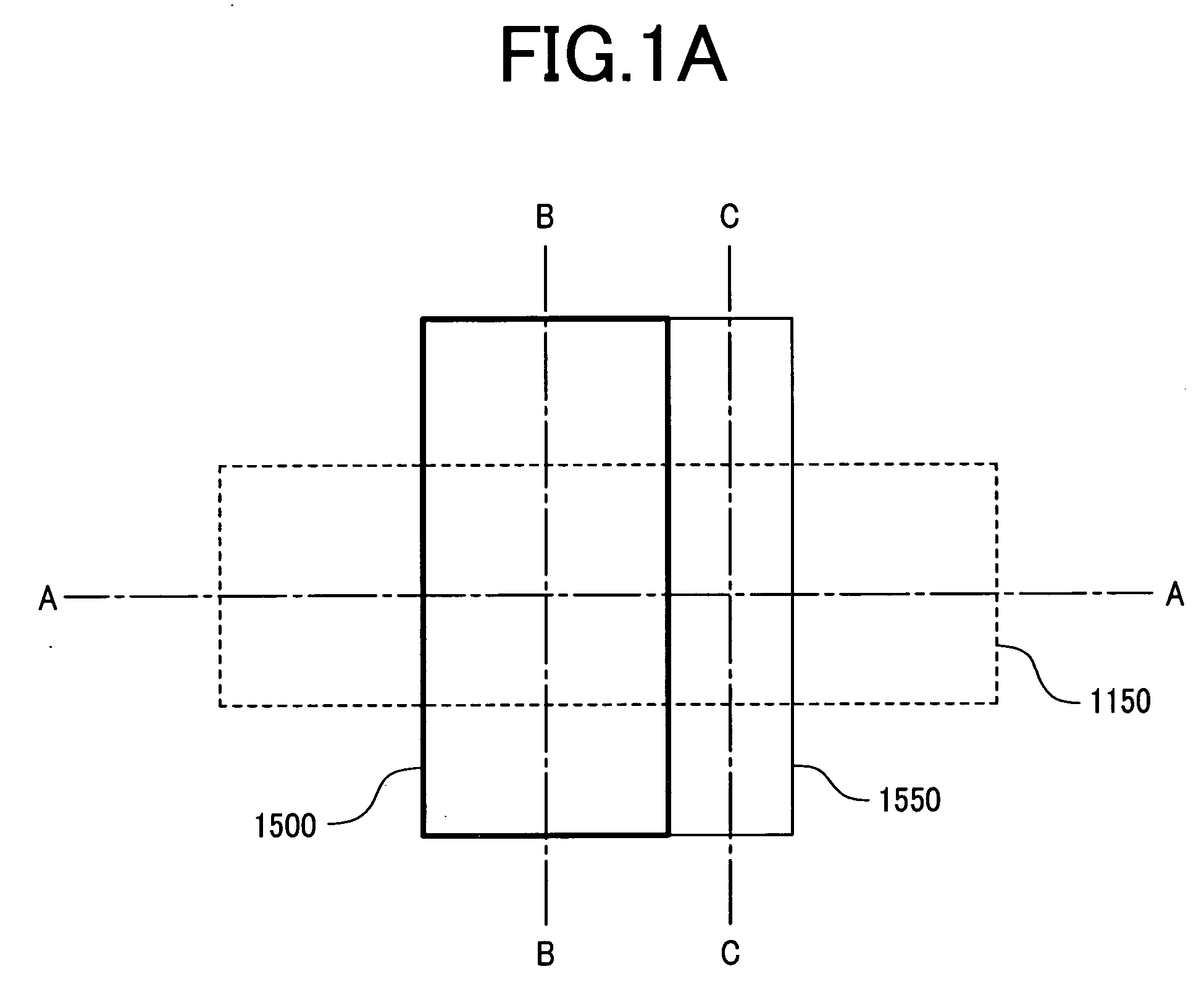Integrated semiconductor nonvolatile storage device
a non-volatile storage and semiconductor technology, applied in semiconductor devices, instruments, electrical devices, etc., can solve the problems of reducing the thickness of the semiconductor, affecting the charge retention characteristics, and affecting the stability of the semiconductor
- Summary
- Abstract
- Description
- Claims
- Application Information
AI Technical Summary
Benefits of technology
Problems solved by technology
Method used
Image
Examples
first embodiment
[0069] There will now be described an exemplary memory cell forming process according to the present invention, illustrating the structures of the memory cells at each process step. FIG. 10 is a diagram showing the overall configuration of an integrated semiconductor device according to a first embodiment of the present invention. Referring to the figure, a code file portion 13 that must be read at high speed and a data file portion 14 that must be reprogrammed repeatedly are connected to a processing circuit portion or CPU 15. These components are formed on the same chip 5. FIG. 10 only shows the CPU 15 and the nonvolatile memory portions 13 and 14 to which the present invention is directed. However, the integrated semiconductor device also includes cache memory, general memory, I / O portions, and other necessary regions. These components have been omitted from the figure for clarity of explanation.
[0070] FIGS. 11 to 20 are various schematic diagrams illustrating a memory cell arra...
second embodiment
[0084] A second embodiment of the present invention will now be described with reference to FIGS. 26 to 33. These figures are cross-sectional views showing sequential process steps for forming a memory cell array. In each of FIGS. 26 to 33, the illustration (a) on the left-hand side is a cross-sectional view of data file cells, and the illustration (b) on the right-hand side is a cross-sectional view of code file cells. These cross-sectional views are taken along line A-A of FIG. 12 in the channel direction. According to the present invention, the code file portion and the data file portion can be designed to have the same array layout viewed in plan. Therefore, the present embodiment will be described with reference to the layout shown in FIG. 12.
[0085] First, an active region and device isolation regions are formed in the surface of a semiconductor substrate by a common shallow trench isolation (STI) process. It should be noted that these device isolation regions are not shown in...
third embodiment
[0097] A third embodiment of the present invention will now be described with reference to FIGS. 34 to 42. These figures are cross-sectional views showing sequential process steps for manufacturing a memory cell array. In each of FIGS. 34 to 42, the illustration (a) on the left-hand side is a cross-sectional view of data file cells, and the illustration (b) on the right-hand side is a cross-sectional view of code file cells. These cross-sectional views are taken along line A-A of FIG. 12 in the channel direction. According to the present invention, the code file portion and the data file portion can be designed to have the same array layout viewed in plan. Therefore, the present embodiment will be described with reference to the layout shown in FIG. 12.
[0098] First, an active region and device isolation regions are formed in the surface of a semiconductor substrate by a common shallow trench isolation (STI) process. It should be noted that these device isolation regions are not sho...
PUM
 Login to View More
Login to View More Abstract
Description
Claims
Application Information
 Login to View More
Login to View More - R&D
- Intellectual Property
- Life Sciences
- Materials
- Tech Scout
- Unparalleled Data Quality
- Higher Quality Content
- 60% Fewer Hallucinations
Browse by: Latest US Patents, China's latest patents, Technical Efficacy Thesaurus, Application Domain, Technology Topic, Popular Technical Reports.
© 2025 PatSnap. All rights reserved.Legal|Privacy policy|Modern Slavery Act Transparency Statement|Sitemap|About US| Contact US: help@patsnap.com



